|
Happy Election Day! We welcomed the morning with a video tour of Salem, Oregon's Capital City, hosted by the 2018 Oregon Kid Governor, Dom Peters, who was elected Kid Governor in the 5th grade. Fifth grade?! See, last year Oregon's Secretary of State Office became an affiliate of the award-winning civics program Kid Governor, created by the Connecticut Democracy Center. Elementary classes across the state of Oregon critically analyze short (2-3 minute) campaign videos created by Kid Governor candidates. Every candidate chose one community issue as their "political platform," and used their campaign video to try and persuade their fellow Elementary students to vote for them:
Ballots ask students to rank the candidates on a 1-5 point scale (1 = disagree, 5 = agree) according to seven statements: the candidate has the leadership skills to be Oregon's Kid Governor; the candidate is passionate about running for Oregon's Kid Governor; the candidate chose an important issue for her/his platform; the candidate's issue is something I want to focus on in my community; the candidate's plan is realistic; the candidate sounds like he/she would represent me well; and the candidate would make a good Oregon's Kid Governor. The candidates and their videos can be found HERE. After completing our paper Voter Registration cards and Candidate Ballots, Kaci submitted each student's top choice online. As this blog post goes to press, we are awaiting the results of Oregon's next Kid Governor! What follows is a few pics featuring Amethyst kids posing with their Voter Registration cards and Ballots: On Friday mornings, Kaci skips off to the Serpentine Room with the younger elementary students while Ruth steps into the Amethyst Room for science class with the older elementary students. This year is all about biology! Take a look at Airabella's booklet, "Life Cycle of a Flowering Plant" (You might need to stand on your head, because Kaci scanned the booklet upside down!) In our explorations of Oregon this year, the Amethyst Kids are diving deep into geography by studying 10 sets of place names, in the spirit of deepening our sense of place: (1) Illinois Valley Place Names, (2) Oregon Mountain Ranges, (3) Oregon Rivers, (4) Oregon Tribal Nations, (5) Oregon Cities, (6) Oregon Counties ... and to recognize Oregon's place within larger spaces, (7) USA State Names, (8) USA Capital Names, (9) Canadian Provinces & Territories, and (10) Mexican States.
We quiz ourselves once each week, most intent upon measuring the growth of our knowledge from week to week. Most weeks are open-ended, with children choosing which geography set they'd like their memorization minds to encounter, although sometimes we will all focus on the same place names, working together towards remembering. Memorizing facts isn't the most important piece of learning -- far from it -- yet it's still useful, and often exciting, to learn the names ascribed to places, or at least the names we tend to use today. Memorization is also an opportunity for the children to get to know their brains a bit more: If there are many ways to learn, such as writing it down, talking it out, singing it loud, dancing as we verbally repeat, quizzing our friends, flipping through flashcards, closing our eyes to visualize, and discussing it all ... well, then, which ways work best with my brain? It all started last spring, when I drank too much coffee after school, found an exciting Periodic Table of the Elements curriculum, and decided to print ALL 80 PAGES. No matter that our curriculum didn't plan for Chemistry last spring, nor that we'd already booked ourselves with TMTDBSES (Too Much To Do Before School Ends Syndrome). I printed those pages anyway, hole-punched them into a binder, then waited for the molecule's moment. Months went by. The new year began, and within two weeks we'd already reached critical TMTDBSES mode. Yet in October --- suddenly!! --- we were gifted with an open morning and science to teach. Well, why not now? First, each child chose an element: Then we created atomic structures from clay. Inside the nucleus of each atom are protons (with a positive electrical charge) and neutrons (with no electrical charge), and the kids picked two different colors to paint their protons and neutrons: Our atomic nuclei will stay in the classroom, yet the electrons are experiencing a very different story! For, you see, we learned through our friend Bill Nye (the Science Guy) that if electrons were actually the size of our clay balls, they would actually be 500 meters away from the nucleus! (So, even though atoms and mostly made up of EMPTY SPACE between the nucleus and electrons, they give the appearance of being solid because the electrons are moving so, so, so, so fast around the atom --kind of like a ceiling fan that behaves like a solid when it moves quickly). And because we are realistic-minded folks, we took a walk with our meter tool: But we reached the end of the soccer field after only 150 meters! We "planted" our electrons ... ...with promises to return to walk the entire 500 meters (which will lead us from school grounds and into the Takilma community!).
For the third year in a row, the older elementary kids are making pen-pal friendships with kids in Ghana! Thanks to the Portland-based nonprofit Yo Ghana! for fostering relationships between students in the Pacific Northwest and Ghana. As of "press time," we have written our first letters and are awaiting a reply!
Math is much more than numbers. Math also means logic, or ways we train our brains to work with information. When we use our reasoning skills to draw conclusions from clues, it's called deductive reasoning. We've been playing with Logic Boxes in class, and they are so fun! We practiced solving Logic Boxes that were developed by other people, then created our own! In two groups, we invented clues to help the other group figure out which animal was preferred by which character, or which logic box theme was created by which student. Here are a few pics depicting the creation of our Logic Boxes: Curious about the Logic Boxes that we made? Presenting ... Welcome to another round of summer's end and autumn's begin ... the Dome School year jumps right in! In the elementary program, one overarching theme winds its way through our days from the beginning of the year until its end. Although teachers pick the annual theme, it's really the kids who guide its development through their curiosity and interest. Thus we can say that this year's theme is OREGON! But we won't dare surmise the specifics of how our theme will manifest this year. Instead, teachers consider possible starting points: (1) The land of Oregon was home to many people before migrants from the east arrived with new cultures and a new name, "Oregon." (2) Our little valley is a paradise, so why not start by learning about our own backyard? (3) Oregon is one of 50 states. Can we name them and their capital cities? How about the countries to the north and south of our country -- how are they divided into smaller bits? (4) The mountains, rivers, lakes, and valleys have been here longer than any of us. How did they form, and how are they still forming? (5) Who lives here besides humans? Our plant, animal, and mushroom neighbors deserve some recognition! (6) Oregonians are working to build a better world through art, literature, the sciences, technology, and activism -- let's celebrate our genius, innovative rabblerousers and recognize the spark of brilliance inside each of us. Where will our Oregon theme go?
Only time (and the kids) will tell. This year saw its share of poorly sharpened pencils! Like leads that leapt from the tip, or the pencil that needed to donate half its body to the sharpener before it could create its first sharp point: Or the pencil that Just. Would. Not. Sharpen. Ever. Our school isn't resource-rich. We can't continue to afford buying sharpeners that break easily, or never worked properly in the first place. So when I read a positive online review of a manual pencil sharpener by Classroom Friendly Supplies, I was understandably and absolutely skeptical. The folks at Classroom Friendly Supplies have a deal, however -- they'll send a free pencil sharpener to teachers who blog, so long as we review the sharpener online. Honest reviews are essential, so an honest review I will give, of 3 Pros and 3 Cons/Concerns: PROs 1. Pencils are nice and sharp. Our pencils are now so sharp that I annoying pull my teacher friends into the classroom just to show off. "See?? Can you see?? Look how SHARP they are!!!" Said teacher friends are intrigued, possibly planning a purchase. 2. Replaceable parts. Need a replacement blade? New shavings tray? Another clamp? It feels groundbreaking --rebellious, even, in our throwaway culture-- to have the ability to replace a broken part, rather than buy an entire new sharpener. 3. An innovative method of sharpening pencils: clamp the pencil in place, then rotate the handle to sharpen without gripping the pencil. The handle releases once the pencil is sharp. Easy. 3 CONs or Concerns 1. It's too soon to tell. Classroom Friendly Supplies requests that teachers review their sharpeners within 30 days of receipt. This is that review. Yet how well will the sharpener function next October, or May? 2. Wall-mounted design would have been nice. The hardware lets you clamp the sharpener to a table or bookshelf. It has already popped off a half dozen times. Are we using it incorrectly and causing this problem? Not sure. The clamp is easily reattached, so not a big deal. There is a permanent mount available for $14.99, yet only mounts horizontally, not vertically on the wall. 3. The innovative sharpening method requires a learning curve for the kids and teacher. To sharpen a pencil, one must pop out the clamp, open the clamp and insert the pencil, rotate the handle to sharpen, then release the clamp to remove the pencil. It's not rocket science but it has taken time to learn this new method. If this method helps ensure a super-sharp point, increases the longevity of the blade, or uses less wood to sharpen the pencil (and I suspect it does all three), then learning this method works for us. Overall?
The kids love their finely sharpened pencils, and I am relieved to have a reliable sharpener, yet also cautious. In this era of planned obsolescence, can manufactured objects endure for years, or even decades, as they once did? I will post an update in 6 months, and again in one year, to let you know how it's going. We're trying to measure everything: the temperature outside our classroom window, the rainfall that collects in front of the school office, the circumference of the hill, the area of the slab. We're also trying to measure everything about US!: our height, our weight, our digit (width of one finger), our palm (width of four closed fingers), our span (with fingers spread, the distance from our thumb to our pinky), and our cubits (with arms bent, the length from our elbow to the tip of our longest finger). Into this discussion comes the difference between standard and nonstandard units of measurement, and why standard units of measurement are preferred (which is pretty easy to understand when we line up our cubits to each other's!). Bill Nye the Science Guy helped us out. So did NASA. We also compared the U.S. system of using inches, feet, yards, and miles (etc.) to most of the rest of the world, who likes to divide life into meters. Did you know the length of a meter is the distance between the North Pole and the Equator, divided up 10,000 times? Scientists calculated the estimated distance from pole to equator, divided that number by 10,000, and said "Voila! Let's turn this into a meter stick!!" And who doesn't want to measure FOOD! Today we studied cups, pints, quarts, and gallons -- and all the tricky ways to convert from one to the other, with the help of Cuisenaire Rods, a refresher on fractions, and our trusty Miquon Mathematics workbooks. Finally, we each measured 2 teaspoons of sarsaparilla root, 1 teaspoon of anise seeds, and 1/2 stick of sweet cinnamon bark into a big pot, covered it with water, and boiled our medicinal decoction! The pot and its plant-medicine contents will sit overnight. Tomorrow we'll strain out the plant debris, add carbonated water, and enjoy a homemade batch of Healthy Root Beer Tonic! Clearly our Measurement Week will last longer than 7 days. Maybe May will become our Measurement Month?? Here's a few pics: The Amethyst Kids hopped into cars headed for the coast last week, as we drove two hours to Wolf Creek Education Center in Redwood National Park. Our 11 kids spent three days in field studies with interpretive rangers and two nights in cozy cabins named for the Wapiti Roosevelt Elk and Marbled Murrelet Birds. We studied wetlands, prairies, and old-growth forests for a total of nine hours of outdoor learning! Wow. (Not to mention our night hike, solo hike, Banana Slug hike, impromptu theatrical performance, and playing games inside and atop ancient tree stumps!). Many parents joined us, but some could not ... which leads to this "fly on the wall" moment. I videotaped 13 minutes during our wetlands field study, thinking of the parents who wanted to be with us, but couldn't. This video is for them: Today we gallivanted over to Crescent City for the day to meet marine mammals at the North Coast Marine Mammal Center. Thank you to volunteer Lee, a retired 'old school' teacher who talked story for our elementary class. After we ate our sandwiches and splashed in the waves on this serendipitously sunny beach day. Our science podcast this week ("Animal Superheroes" by NPR's Wow in the World) included the challenge to write down at least one more fact than we wrote down last week. Kava took the Super Challenge and tackled 20 facts! Congrats, Super Notetaker! Local beekeeper and Dome School mama Joy visited this afternoon to answer our (many, many) questions about bees, assisted by her beekeeper daughters Tulsi and Sage! A group of AMAZING Dome School children awoke before the sun on Saturday for the 90-minute mountain drive to North Medford High School. The Oregon Battle of the Books Regional Competition began at 8, and we couldn't be late!
Congratulations to our 3-5 Division Team and Supporters for inaugurating the Dome School's first-ever 3-5 Division Team! After only three days of democratic decision-making, the team named themselves the Sea Serpents. Sweet wishes, as well, to our 6-8 Division Team and 9-12 Division Team, who rolled into town in their un-schoolbus! The Amethyst Kids in our 3-5 Division were tasked with a 16-book reading list and remembering detailed information for the battle. Sample question: In the book I Survived the Eruption of Mount St. Helens 1980 by Lauren Tarshis, how many cars were in the parking lot the first time the children visited the cabin? (!!!) Our goal this year was simply to form an OBOB team, compete in the regional battle, and HAVE FUN!! We made our goal with enthusiasm! Our goal next year is that every team member reads all 16 books! The 2018-2019 OBOB list has already been published, and we are reading to go, er, rearing to go! Here is a photo from the competition. It's quite a blurry, less-than-enthusiastic photo, but it's the only one I took because it was just as the battle commenced and I was trying to be discreet. (If you've got a more-lovely pic, please send it my way!): Oregon lost a literary great in January, the wonderful Ursula LeGuin.
In honor of LeGuin, who spent most of her adult life in Portland, Kaci has begun reading the children's fantasy A Wizard of Earthsea to the Amethyst Kids. As posted in The Guardian (2003): Long before Harry Potter came along, Ursula Le Guin's A Wizard of Earthsea imagined what a school for wizards would be like. Ged, its hero, will become the Archmage of a world in which magic is as common as electricity, but this is a tale from before that time. Ged, a poor smith's son, is born with a huge talent that he uses to save his village from invaders, but his gifts make him arrogant and impatient. At wizard school, he makes one friend and one enemy, and in a duel summons a monster that scares him and sends him on a deadly quest across the lonely seas full of peril. With the moral, intellectual and supernatural power to outwit dragons, resist evil, change weather and transform himself into a hawk, he is apparently defenseless against an enemy who increasingly takes on his appearance to trick or kill him. How he defeats his enemy is wholly unexpected, yet completely right because, like all great quests, it involves confronting the dark side of the hero's nature: "Only in silence the word / Only in dark the light." Throughout my life, I have been drawn to this, particularly when suffering from depression. I think many children suffer much more from it than has been generally recognized, but if you're given a story in which you're made to see that you can only find light in the heart of darkness, you find hope and healing... The most thrilling, wise and beautiful children's novel ever, it is written in prose as taut and clean as a ship's sail. Every word is perfect, like the spells Ged has to master. It poses the deep questions about life, death, power and responsibility that children need answering. Both story and language lie at its heart, for it contains allusions to fragmented legends about the tragedies of heroes and heroines, and the world of Earthsea itself was summoned by speech. This gives Le Guin's world the mysterious depths of Tolkien's, but without his tiresome back-stories and versifying. Nobody has ever described the wonder and terror of dragons, dancing on the wind "like a vast black bat, thin-winged and spiny-backed", with such conviction. Although many children will identify with Ged's angry arrogance, I particularly love it, because it enacts the journey that every true artist must travel. It's not enough to be born with talent: you have to learn the craft and humility by which it can be used to create, heal and protect rather than mangle, corrupt and destroy. That's what Ged does, with great pain but to resounding triumph. |
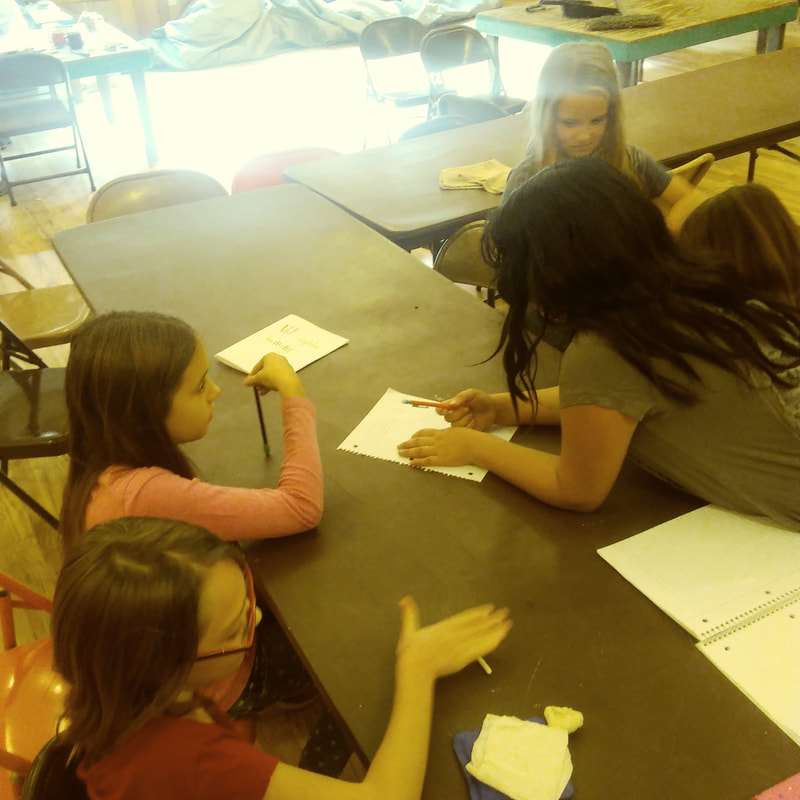
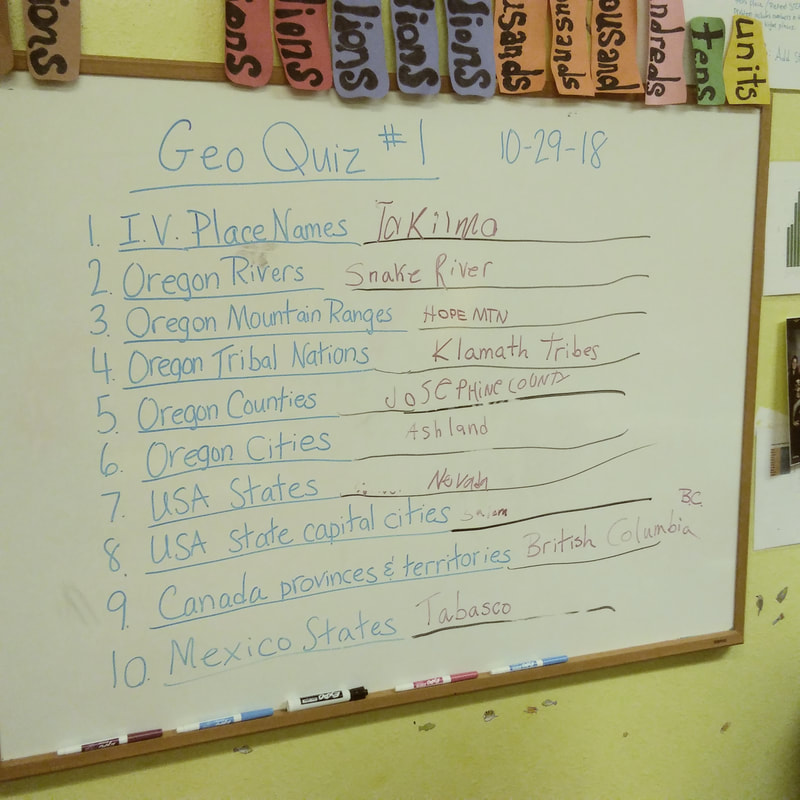
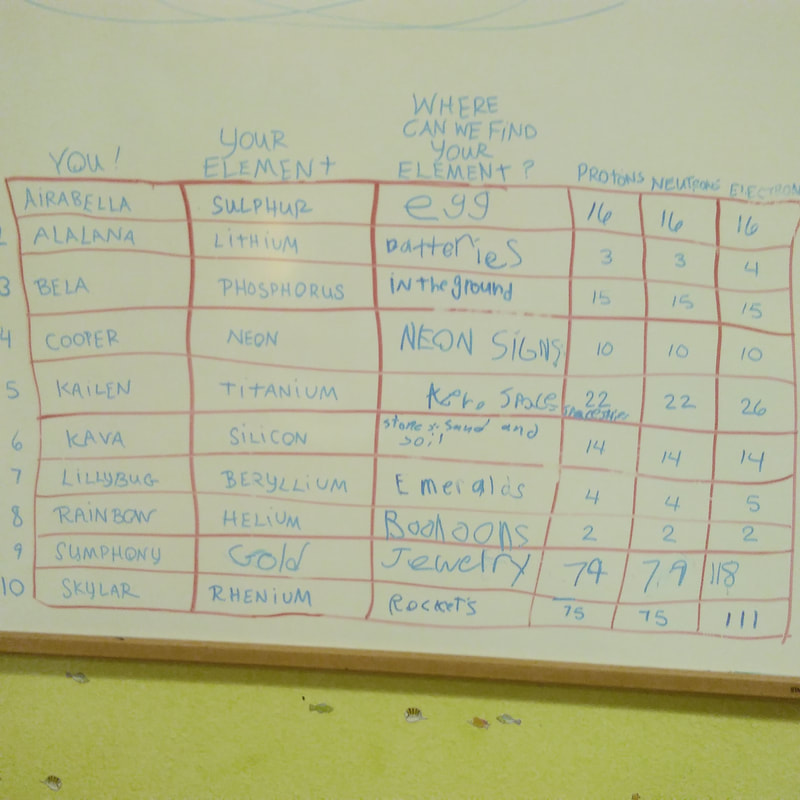
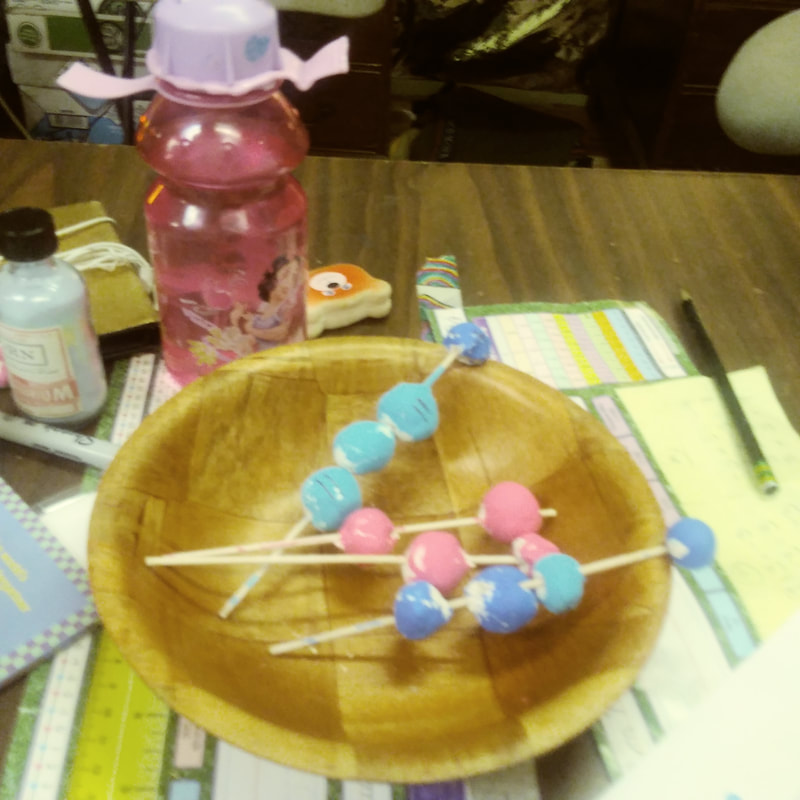

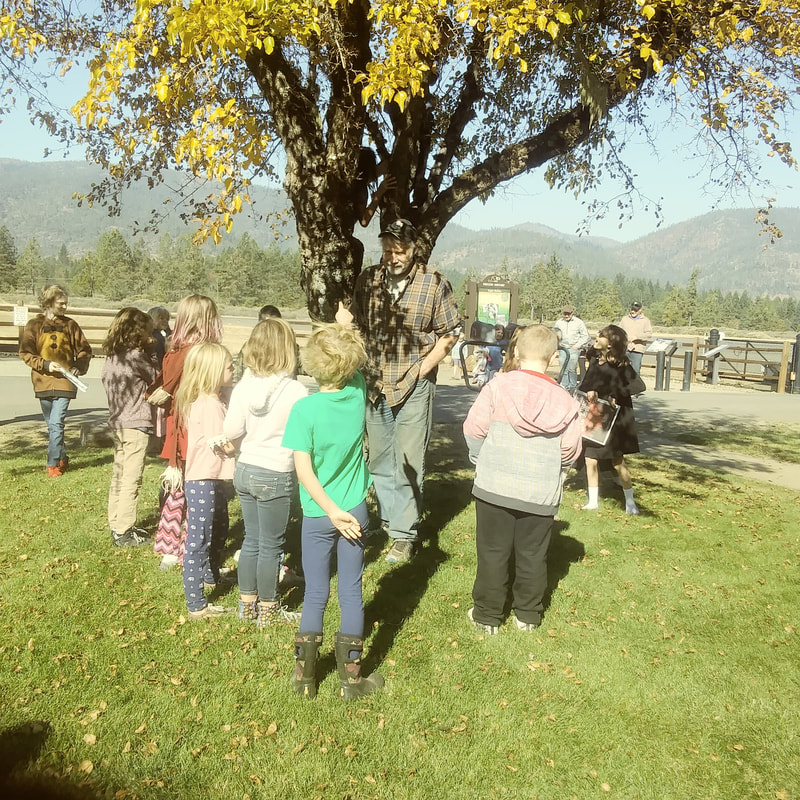
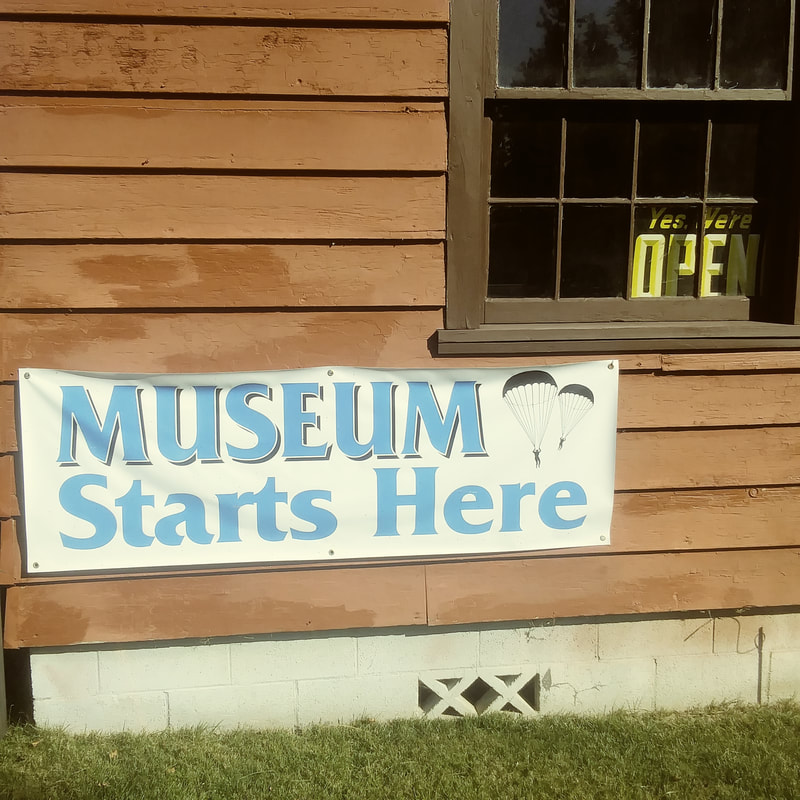
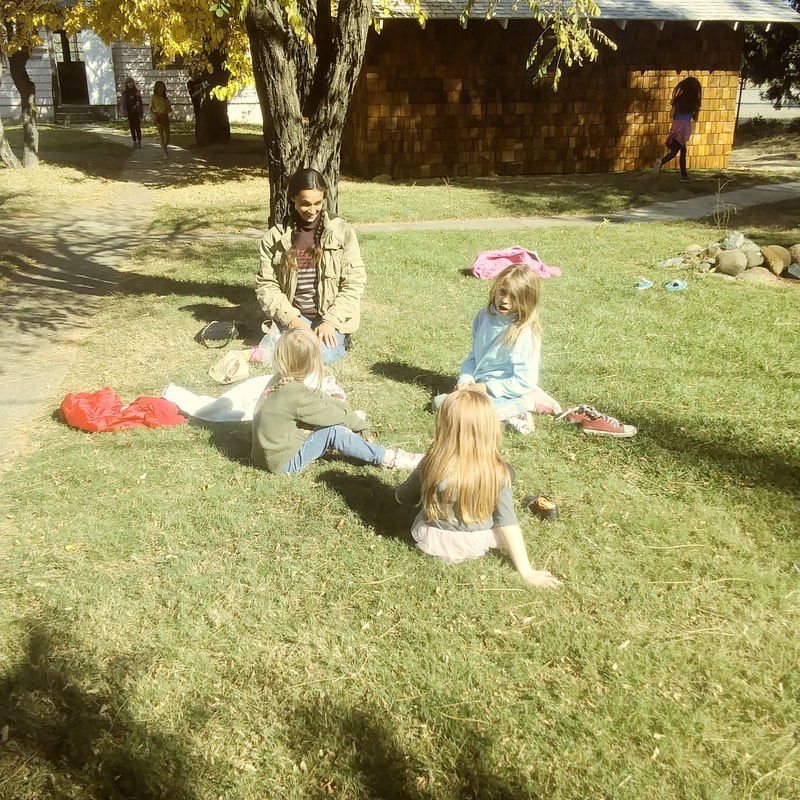
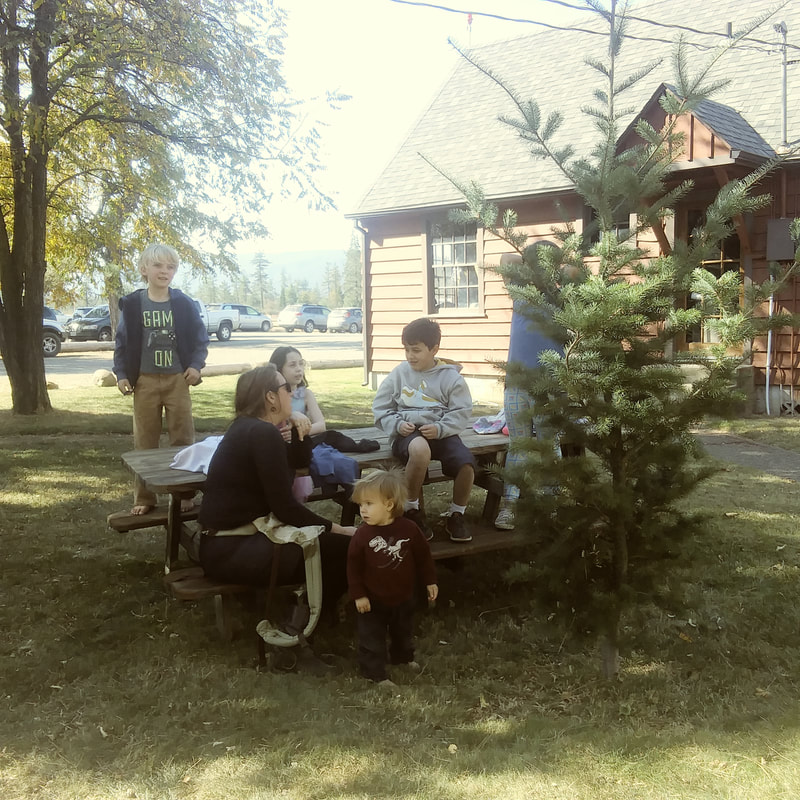
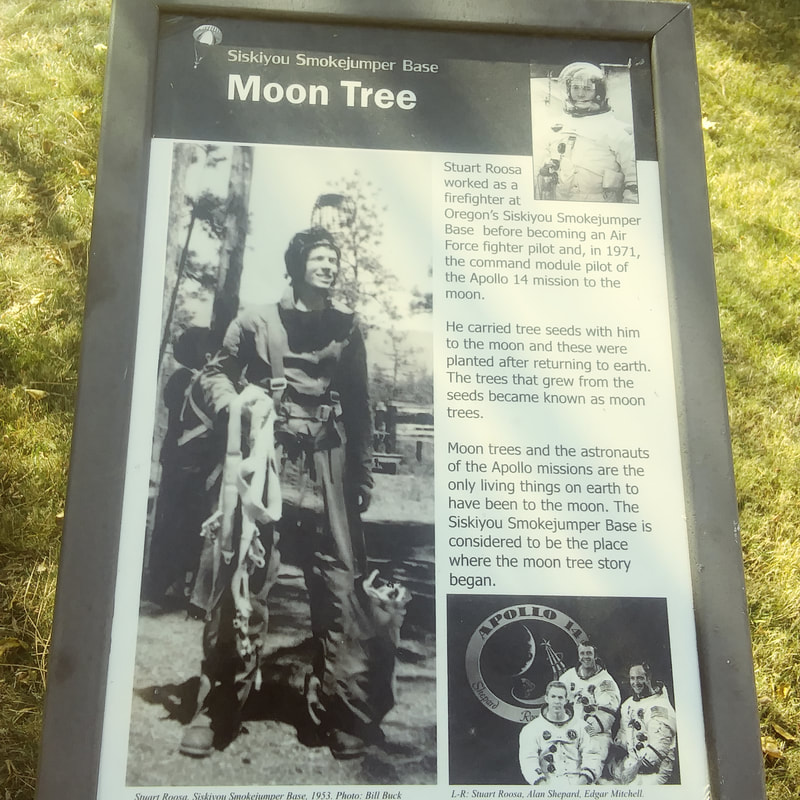
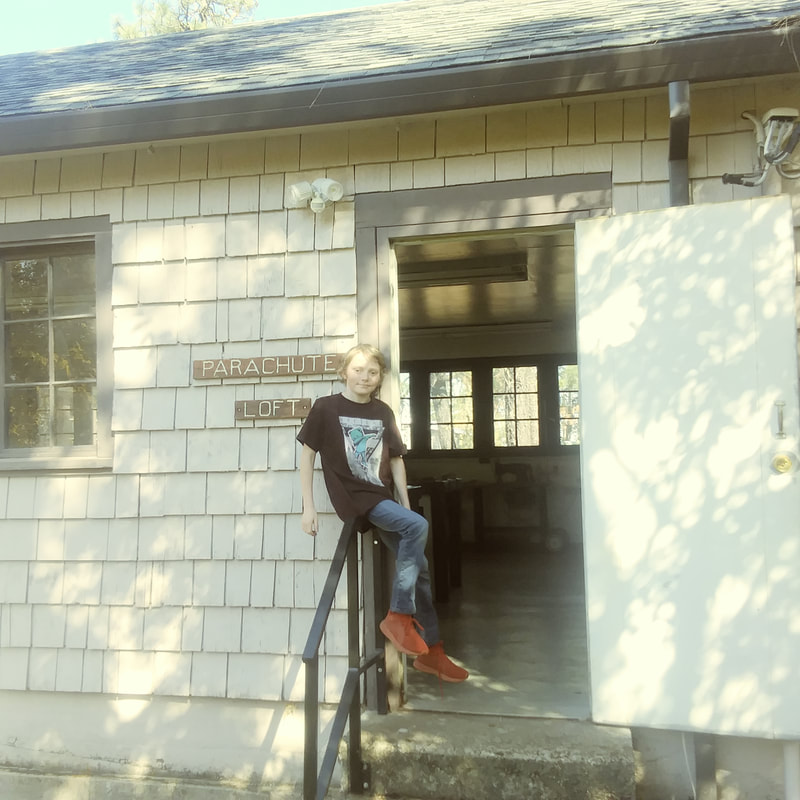
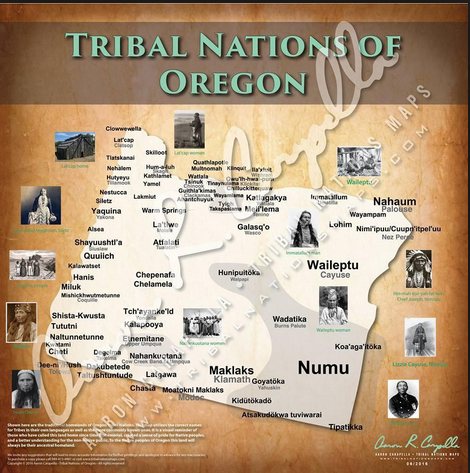
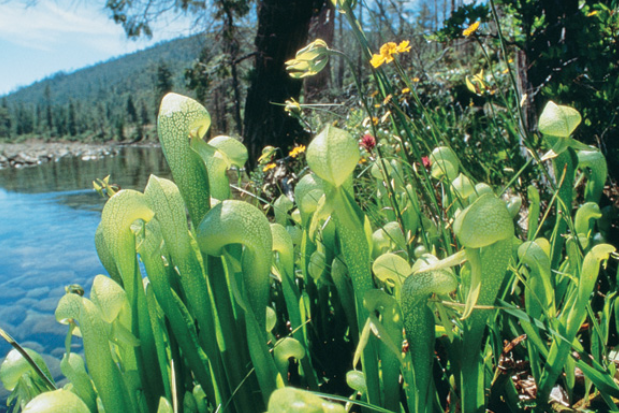
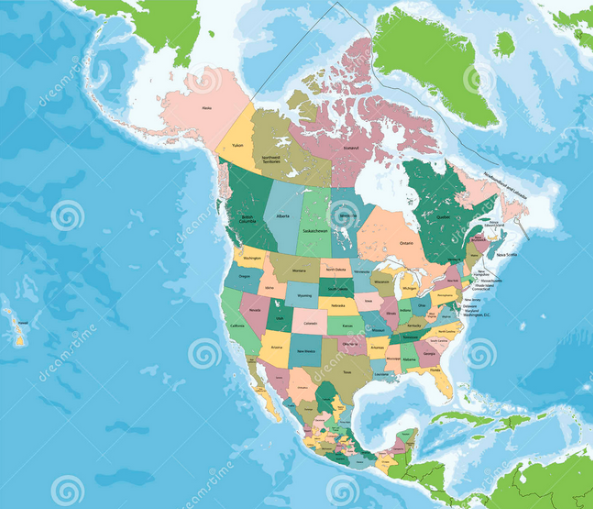
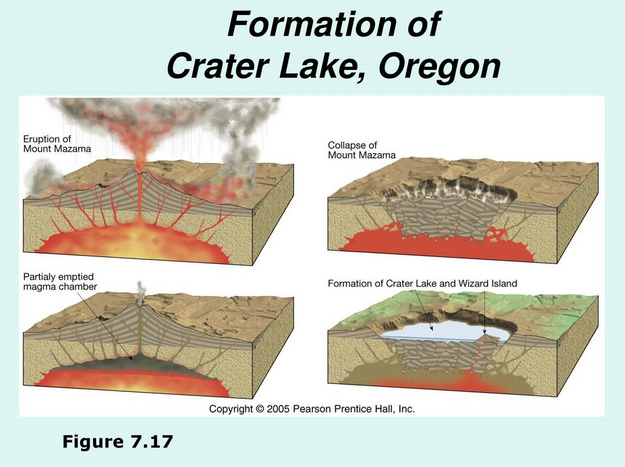

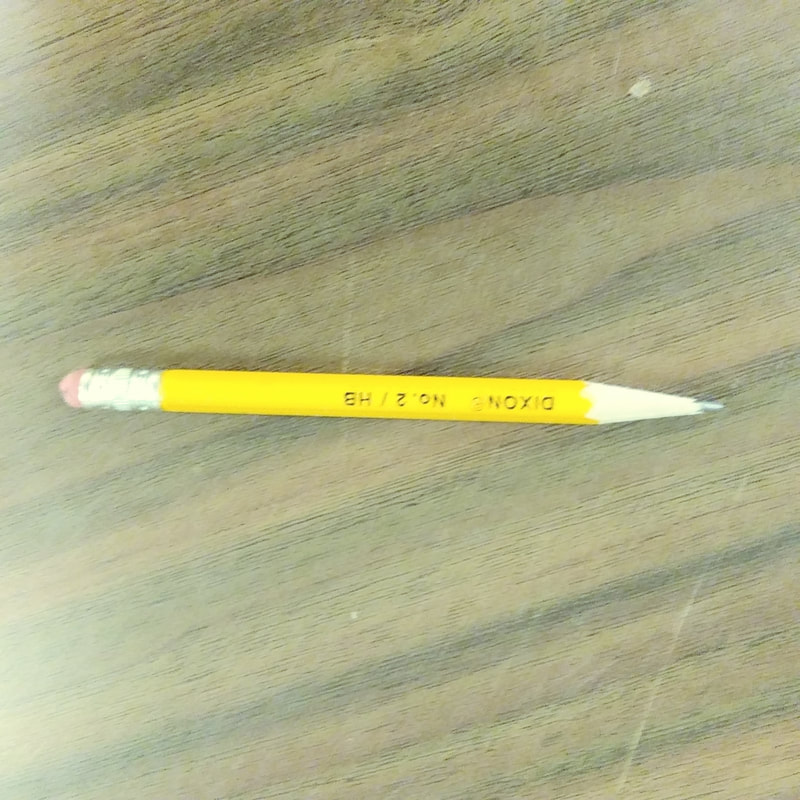
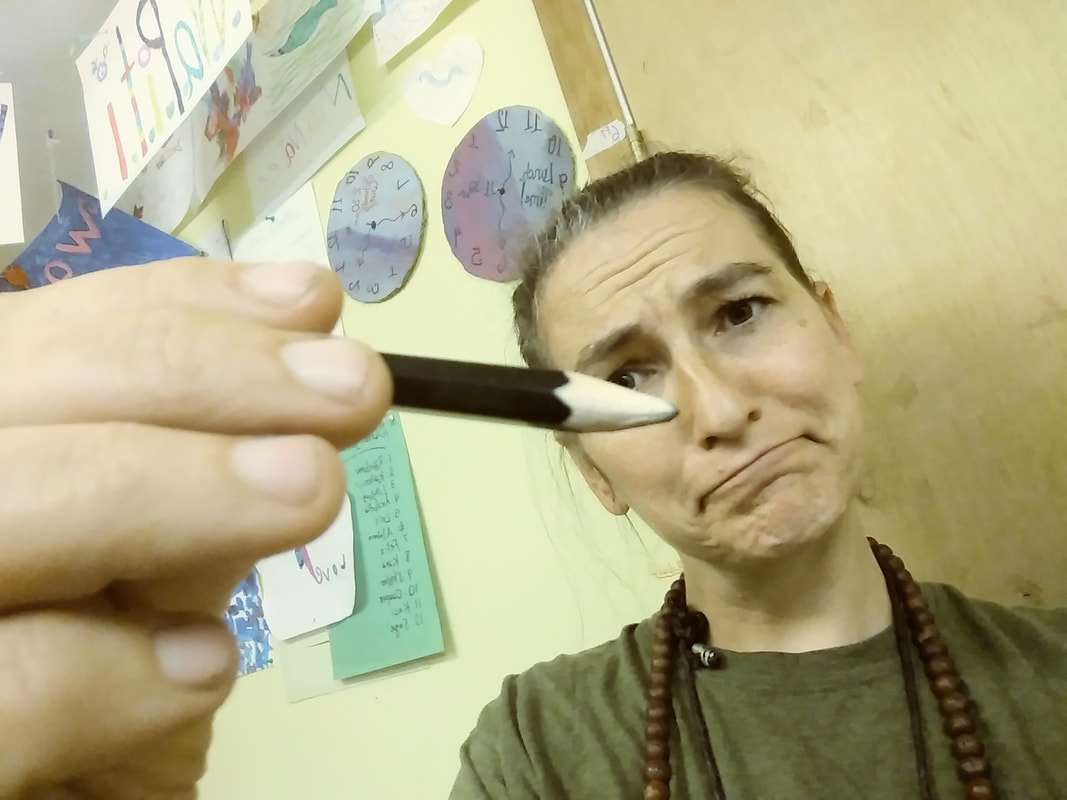
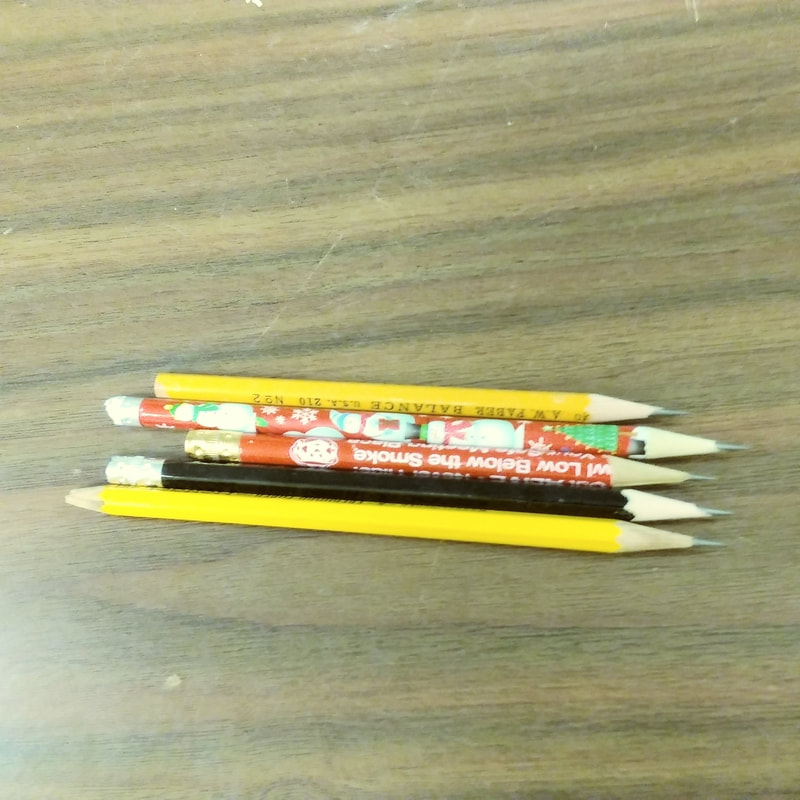
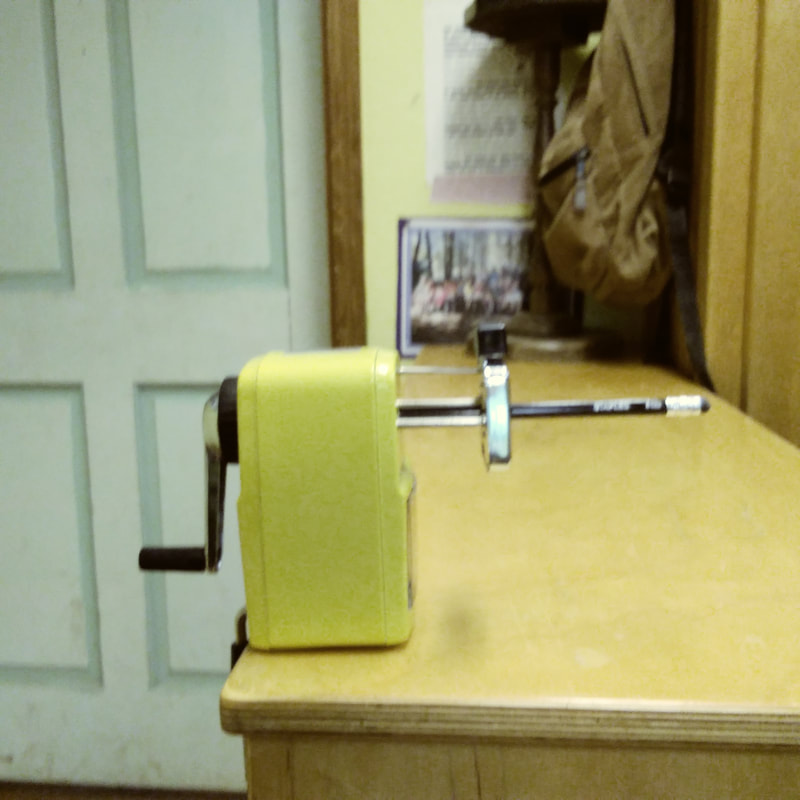
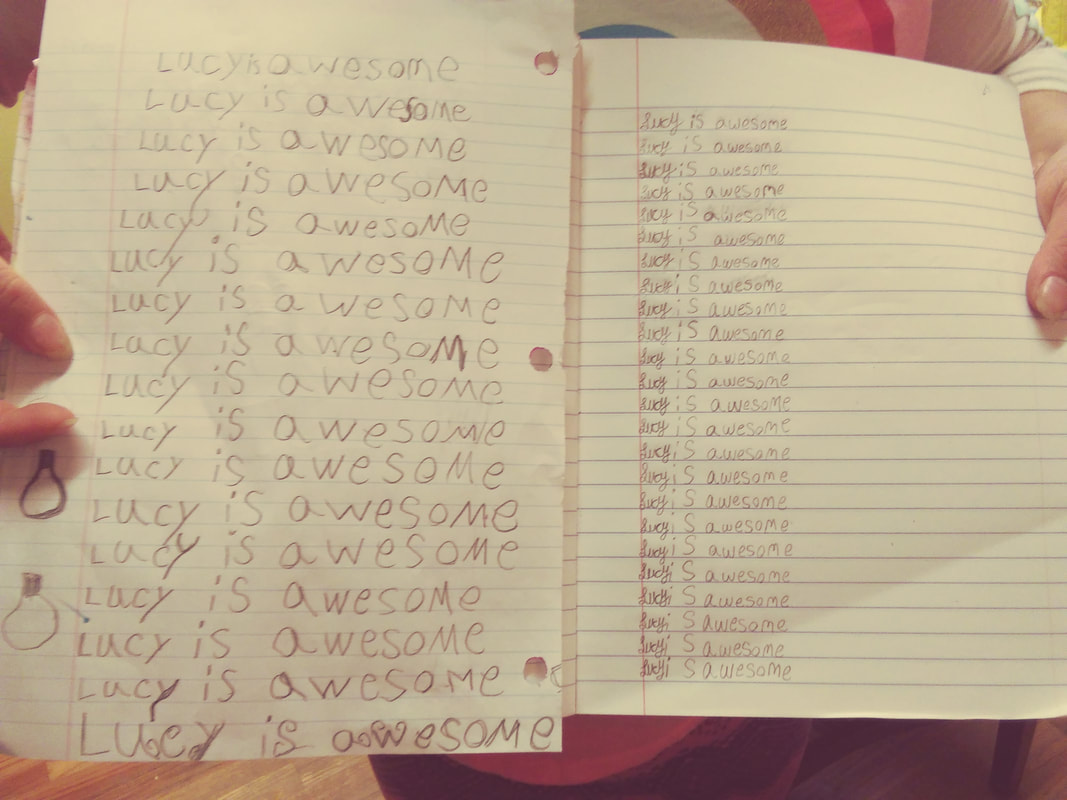
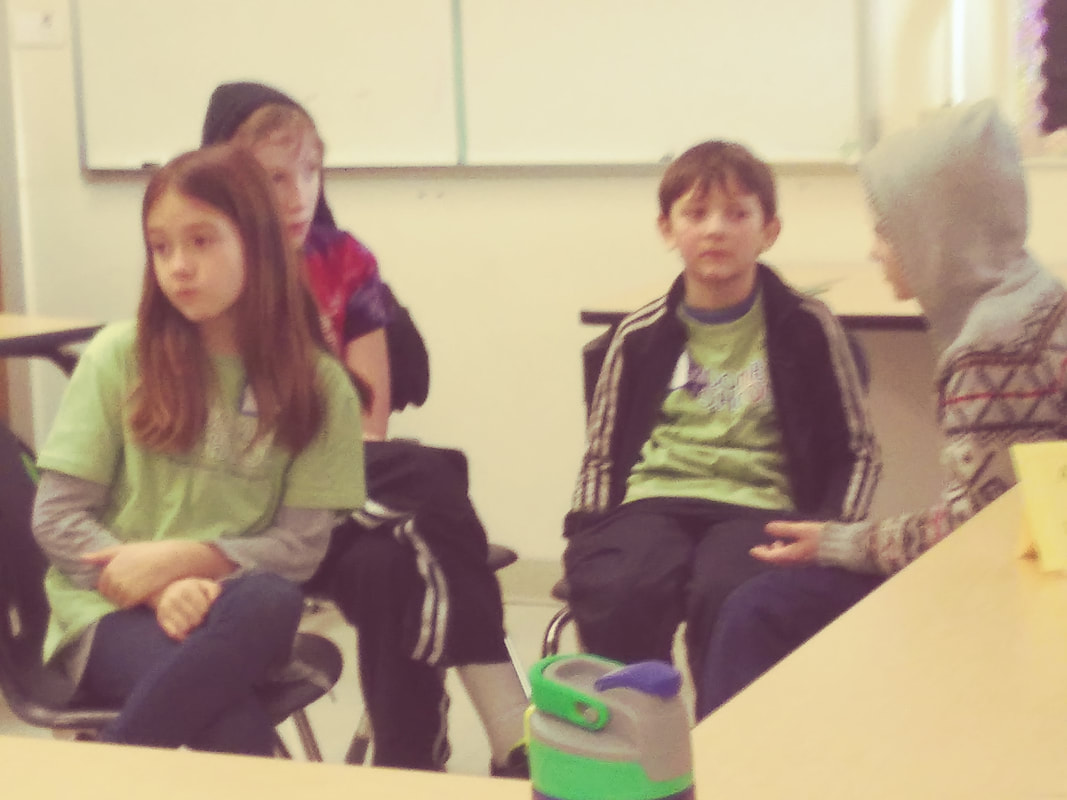
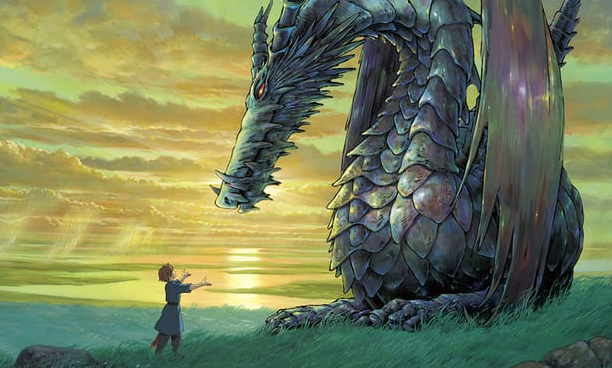
 RSS Feed
RSS Feed
